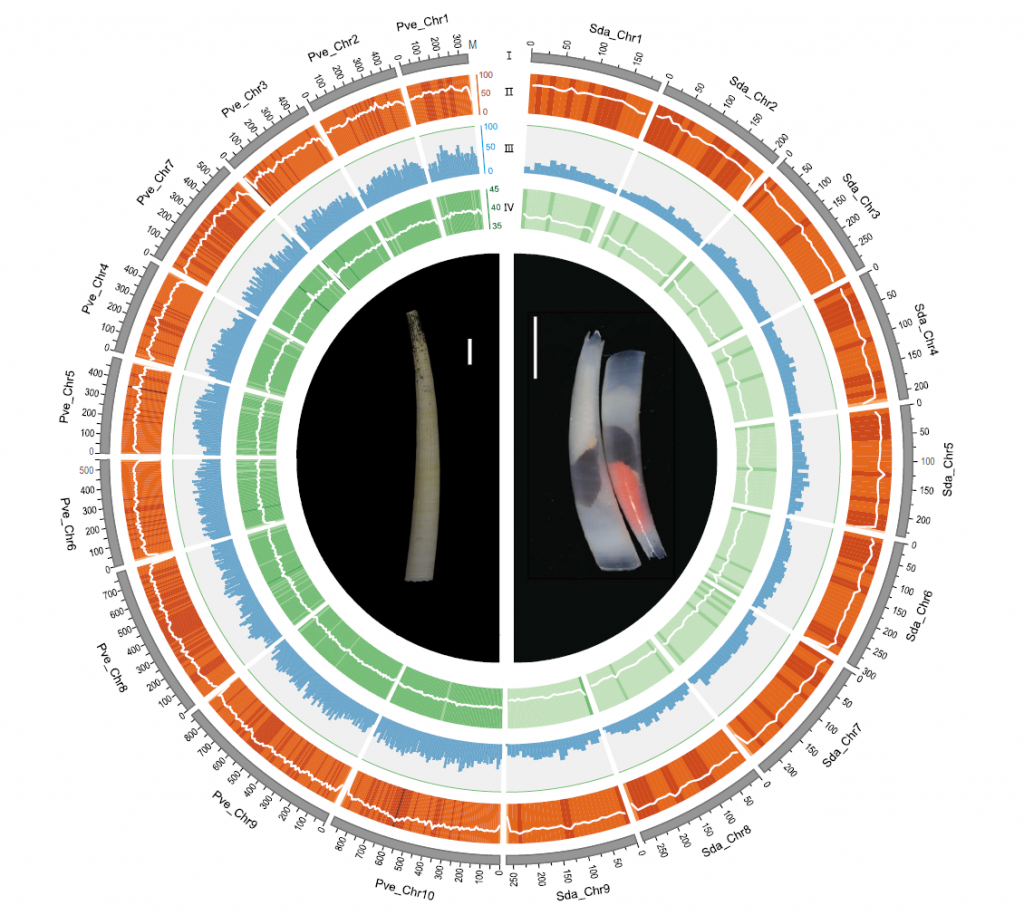Researchers at The University of Alabama have co-authored a new study about mollusks that sheds new light on the complex relationships within the animal tree of life.
Dr. Kevin Kocot and Meghan Yap-Chiongco in UA’s Department of Biological Sciences and Alabama Museum of Natural History are two of the authors of the study recently published in the Proceedings of the National Academy of Sciences. The study shows significant strides in understanding the evolutionary history of Mollusca, the second most diverse group of animals, and highlights the complexities of early animal evolution.
“We found a process called incomplete lineage sorting can explain why this tree has been so difficult to resolve, and our results help us better understand the fossil record,” said Kocot.
The identification of incomplete lineage sorting, or ILS, serves as a possible source of previous discrepancies among studies addressing molluscan evolutionary relationships. ILS is a phenomenon that occurs during rapid speciation events and can complicate the reconstruction of evolutionary connections.

According to Kocot, this study not only resolves long-standing questions about molluscan evolution, but also highlights the potential role of ILS in other studies concerning the rapid emergence of animals during the Cambrian Explosion.
The Cambrian Explosion, a pivotal event in Earth’s history, witnessed the simultaneous rise of most major animal groups, presenting a challenge in reconstructing their evolutionary relationships. The focus of this study was the sequencing of the first genomes of Scaphopoda, commonly known as “tusk shells,” a group of mollusks that has been among the least studied and rarest members of Mollusca. Scaphopoda are closely related to more familiar mollusk groups like Gastropoda, which includes snails and slugs. However, this study shows they are most closely related to Bivalvia, which includes mussels and clams, and play a pivotal role in unraveling the mysteries of early molluscan evolution.
Through genome-scale phylogenetic analyses, the team discovered compelling evidence that Scaphopoda is the sister taxon of Bivalvia, which branched off approximately 520 million years ago. This finding supports a long-standing hypothesis that links Scaphopoda, Bivalvia and an extinct group known as Rostroconchia.
This breakthrough analysis allows for the reevaluation of important Early Cambrian fossils, which exhibit similarities to both bivalves and scaphopods, indicating their status as early branches of this evolutionary lineage.
Information from an article in UA’s Department of Biological Sciences was used in this report
